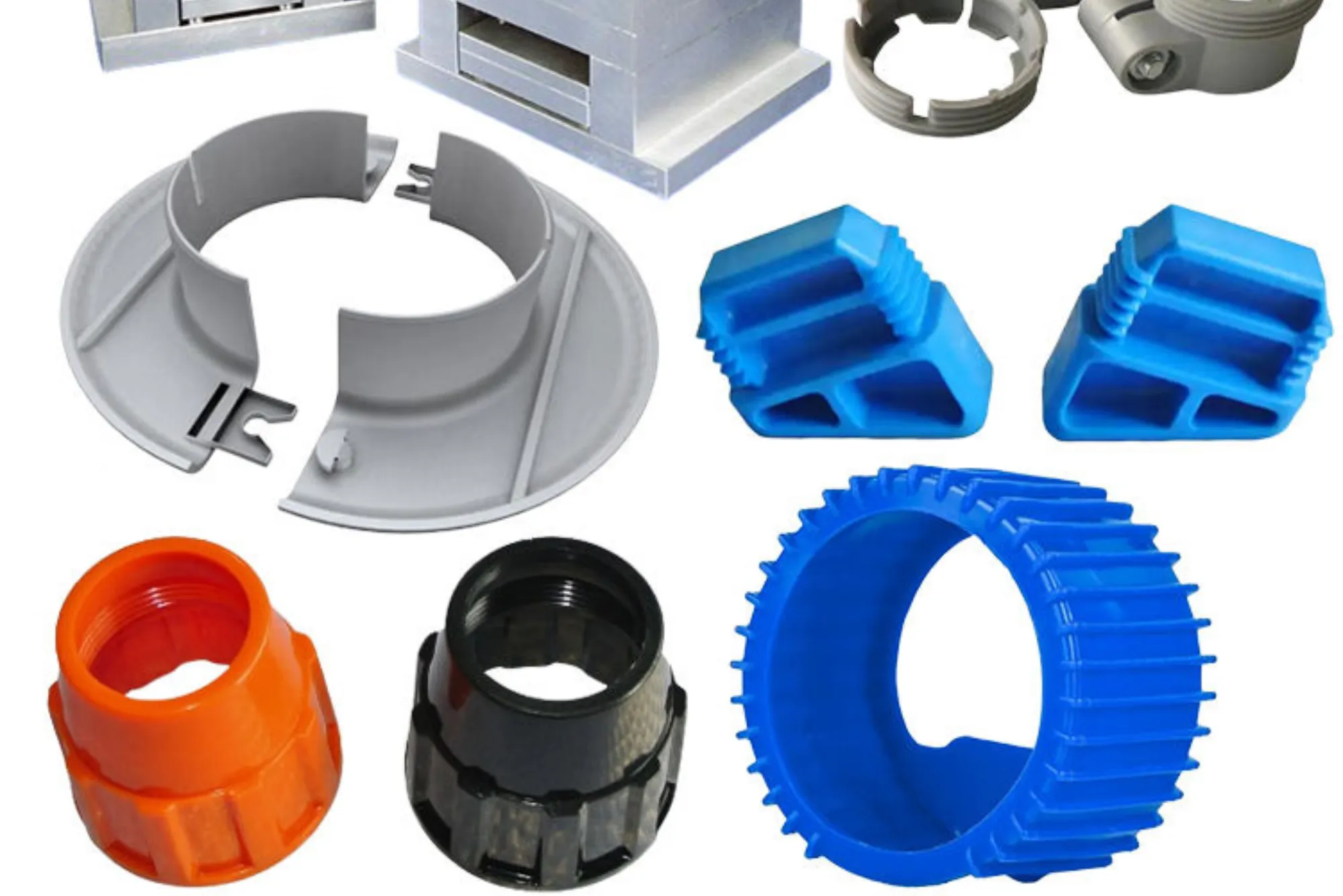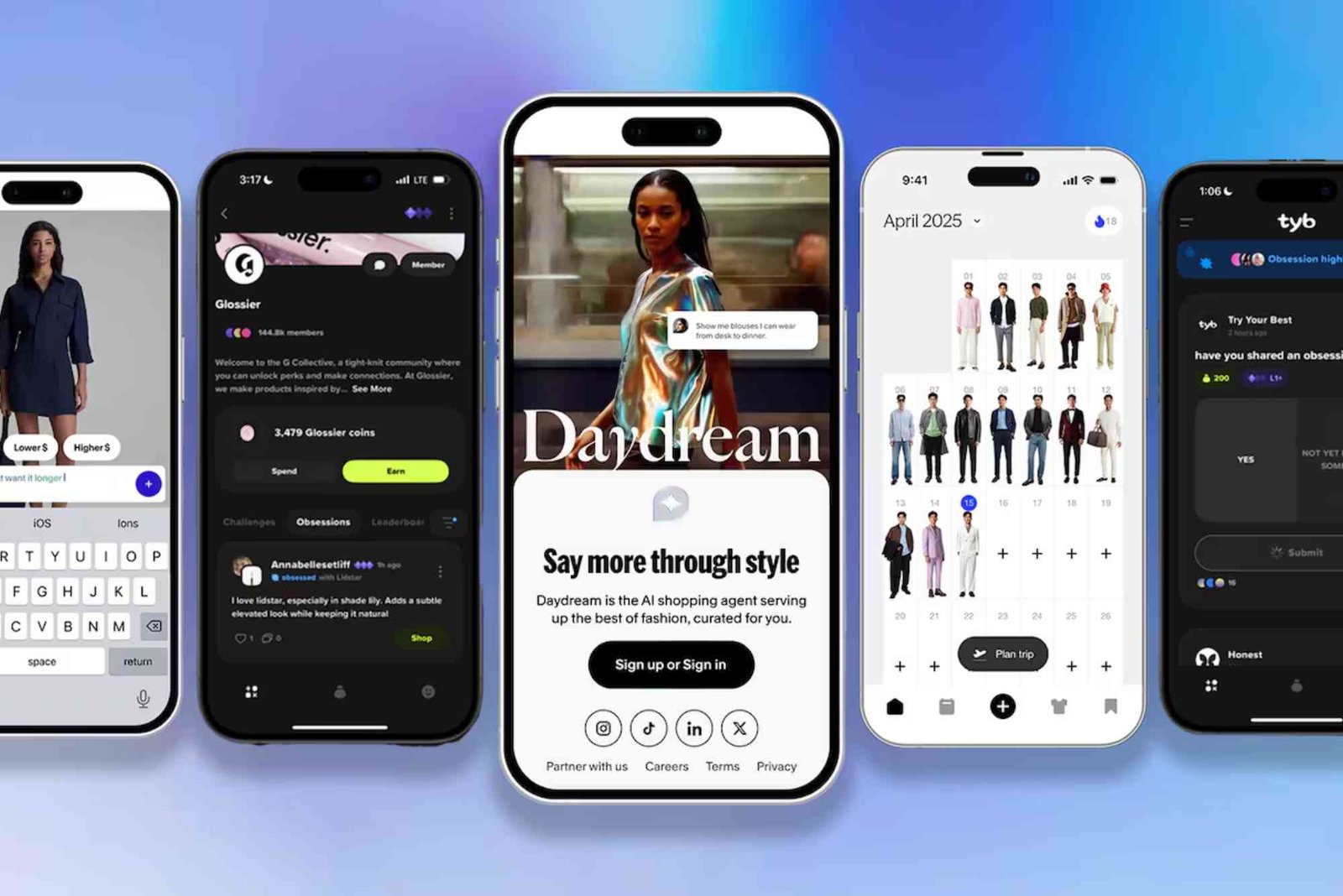When businesses or innovators need unique, durable, and precise components, custom plastic molded parts often become the most cost-effective solution. Whether you are a startup designing your first prototype or an established brand scaling up production, working with the right plastic molded parts manufacturer can make or break your project.
Ordering custom parts is not as simple as submitting a sketch and waiting for delivery. It involves careful planning, communication, and collaboration with the chosen partner. Having personally navigated this process for product development, I’ve learned that success lies in understanding the manufacturer’s workflow and preparing your project with clarity. This article will walk you through each step of ordering custom parts, while also highlighting the role a reliable plastic parts company plays in ensuring quality and efficiency.
Understanding the Role of a Plastic Molded Parts Manufacturer
Before reaching out to suppliers, it’s important to understand what a plastic molded parts manufacturer actually does. These companies specialize in producing components through processes such as injection molding, blow molding, or compression molding. Injection molding is the most common, as it allows mass production of high-quality, repeatable parts with fine details.
Manufacturers don’t just “press a button” and deliver your part. They provide design validation, tooling development, testing, and often even assembly or finishing services. A professional plastic parts company acts as both a production partner and an advisor, guiding you through materials selection, tolerances, and design optimizations that you may not have considered.
Step 1: Define Your Requirements Clearly
One of the most common mistakes first-time buyers make is approaching a manufacturer without clear specifications. A plastic molded parts manufacturer needs detailed information to provide accurate quotes and reliable timelines. You should be prepared with:
-
A 3D CAD model or at least a well-dimensioned drawing of your design.
-
Functional requirements (e.g., must withstand heat, pressure, or chemical exposure).
-
Target quantities—are you ordering a prototype run of 100 parts, or a full production of 50,000 units?
-
Preferred materials—polypropylene, ABS, nylon, or other engineered plastics.
A good plastic parts company can help refine these requirements, but the more prepared you are, the smoother the process will be. In my experience, manufacturers appreciate clients who come in with clarity, because it reduces back-and-forth and avoids costly redesigns later.
Step 2: Request a Quote and Evaluate Options
Once your design and requirements are ready, the next step is reaching out to potential partners for a quote. Be selective when choosing which companies to approach. Look for a plastic molded parts manufacturer with proven experience in your industry. For example, medical-grade components require a company with strict quality certifications, while automotive parts need a supplier that understands tolerance and durability requirements.
When requesting a quote, provide as much detail as possible. The quote should ideally include:
-
Tooling costs (the upfront expense for creating molds).
-
Per-unit cost for different order quantities.
-
Lead times for tooling and production.
-
Material options and pricing variations.
One thing I’ve learned is that the cheapest quote isn’t always the best. A professional plastic parts company that charges slightly more may offer better quality control, faster response times, and long-term reliability. Consider the overall value, not just the price tag.
Step 3: Collaborate on Design for Manufacturability
After selecting a manufacturer, the collaboration phase begins. This is where your design is optimized for efficient production. A skilled plastic molded parts manufacturer will often suggest design tweaks to improve moldability, reduce defects, and lower costs.
For instance, they might recommend adjusting wall thickness to prevent warping or modifying draft angles to allow parts to eject smoothly from molds. These small changes can save thousands of dollars in production expenses.
I’ve seen firsthand how a partnership with an experienced plastic parts company can turn a good design into a great one. They use their expertise to catch potential issues early, preventing delays and quality problems later in production.
Step 4: Approve Prototypes and Tooling
Before full-scale production begins, you’ll typically receive prototypes. Depending on the project, these may be 3D printed mockups or actual samples produced with soft tooling. This step is essential for validating the design, testing functionality, and ensuring the parts meet your expectations.
Once prototypes are approved, the manufacturer moves to create permanent tooling. Tooling is a major investment, but it enables high-volume production at lower per-unit costs. A professional plastic molded parts manufacturer will keep you updated throughout this phase and may invite you to review progress.
Working closely with the plastic parts company during tooling approval ensures you get exactly what you envisioned without costly surprises.
Step 5: Launch Production and Monitor Quality
With tooling complete and prototypes approved, production begins. At this stage, your role is to stay in communication with the manufacturer to monitor quality and timelines. A reliable plastic molded parts manufacturer should have a robust quality control system, including inspections during and after production.
When scaling up, it’s wise to request initial production samples before the full batch is completed. This allows you to double-check quality standards and make adjustments if needed. In my own projects, this small step has saved both time and money by catching minor issues before they became large-scale problems.
Your chosen plastic parts company should also provide detailed documentation, such as inspection reports or certificates of compliance, depending on your industry requirements.
Step 6: Manage Logistics and Long-Term Supply
Ordering custom plastic parts is not a one-time transaction; it’s often the beginning of a long-term relationship. Once production runs smoothly, discuss logistics with your supplier. Options may include warehousing, just-in-time delivery, or batch production based on your forecasts.
The right plastic molded parts manufacturer becomes a long-term partner in your supply chain, helping you scale as your business grows. This is particularly important for startups that may begin with small orders but eventually need to ramp up significantly.
A dependable plastic parts company will work with you on long-term planning, ensuring consistent quality and timely delivery for future orders.
Final Thoughts
Ordering custom parts from a plastic molded parts manufacturer can feel daunting at first, but with the right approach, it’s a straightforward and rewarding process. Clear communication, detailed planning, and careful selection of your manufacturing partner are the keys to success.
Whether you’re developing a groundbreaking medical device, building automotive components, or creating consumer products, choosing the right plastic parts company ensures your vision becomes a reliable, high-quality reality.
In my experience, the best outcomes happen when you treat the manufacturer not just as a supplier, but as a partner who shares your commitment to quality and innovation.




